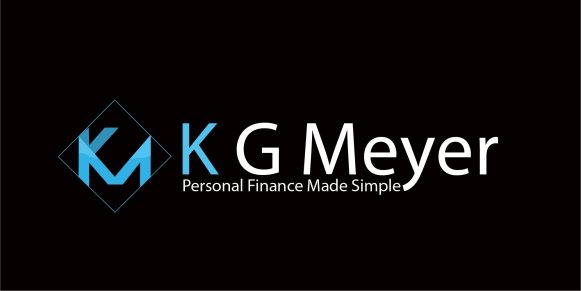
Are you thinking of a permanent life insurance policy as an investment? If so I would normally advise against this practice but for some it can be a viable alternative. But with these policies being extremely complex and complicated it can be difficult to compare policies from different companies. But there is a way that should enable you to do a better job at comparing the policies from different companies if you are willing to do some of the work to do so.
The way you can compare a policy from one company to that of another is by looking at the Internal Rate of Return or IRR. The IRR of a life insurance policy is generally used as this practice is designed to be used to evaluate a lump-sum payment or a series of payments. When you use the IRR to look at a life insurance policy, you will need to be looking at the potential return of the death benefit and cash value, which will be based on the amount and frequency of the premiums paid.
When you examine the IRR of a policy it will be extremely high in the early years, often well above 1,000%. But it will decrease over time and settle around 4% to 6% which is what one would expect in these products. The reason the IRR is so high in the early years is due to the fact that very little of the premium will go towards the death benefit, meaning a small premium translates to a large paid out death benefit for the insurance company. As more and more premiums are paid the IRR on the death benefit will decline accordingly. In a term policy, which I advocate the use of for younger people, the IRR is the highest of all life insurance policies due to their lower premiums for larger death benefits. And unlike a permanent policy, most term policies will lapse or expire and never be paid by the insurance company.
In a permanent policy, the cash value and death benefit will have an inverse effect on the IRR. Due to the way these policies are structured, the IRR on the cash value is minimal in the early years. But over the long haul and once you get past 10 or 20 years the IRR will increase depending on the assumptions in the policy. In a permanent policy that pays a dividend or has a fixed rate of return, the IRR can be comparable to that of an investment grade bond.
Now when you are purchasing a life insurance policy, the agent should provide you with quite a bit of information for you to review to understand what it is you are purchasing. In the case of a permanent policy, they will provide an illustration package that will show how the policy will perform over a period of years. The IRR illustration is not part of the typical package but you can ask your agent for that as well, and they should be able to produce it for you. This report will help you determine if the policy is a good investment or if your money can be used better elsewhere.
First, you need to decide if a term or permanent policy is best for you and work with an agent to find the right policy to fit your needs at the right price point. Consider some of the following when making a decision on a life insurance policy.
• What is the amount of death benefit you need? Be aware that insurance is sold in bands and sometimes more insurance will actually cost you less so always compare death benefits.
• Your age and health will have a direct effect on the amount of premiums you will pay. Companies have different standards so compare them to the best of your ability.
• The financial stability of the insurance company plays an important role in your decision as this relationship may last 30 years or more before a death benefit is paid. You need to make sure the company will be around when your heirs need them most. There are several companies that rate the financial health of insurance companies so check with some of them before you buy.
After you have looked at the first three objectives, it is time to ask for the illustrations from the companies you think you will want to possibly purchase your policy from. In order to be able to compare policies from different companies they need to at a minimum have the following.
• Have a level premium or death benefit.
• Last until a specific age, such as 90 or 100.
• Have a consistent health rating; companies will use different terms for these, so it is important to try and be consistent from company to company.
• Use the same premium payment cycle, such as monthly or annually.
• The cash value should have the same gross rate of return on the growth of the cash value.
• Have the same riders if you decide to include them.
After you have all of this information, you will be able to decide better and evaluate what you have been provided. Then you can decide on a guaranteed or non-guaranteed death benefit, review the financial ratings of the insurance company, and what policy will offer the highest IRR at the lowest premium.
Now that you have done your homework and found the best policy with the lowest premium you can go forward and apply. Sometimes after you apply in underwriting things can happen, and it can cause your premium to increase or decrease. In the event, it increases work with your agent and find an alternative policy for you and your needs.
I hope that this will help you in deciding if a permanent policy is right for you. I still do not view insurance as an investment for most people but for some, it is a viable option. For younger people, I do recommend term policies to achieve your insurance needs. If you have any questions or need any additional information, please feel free to contact me.







